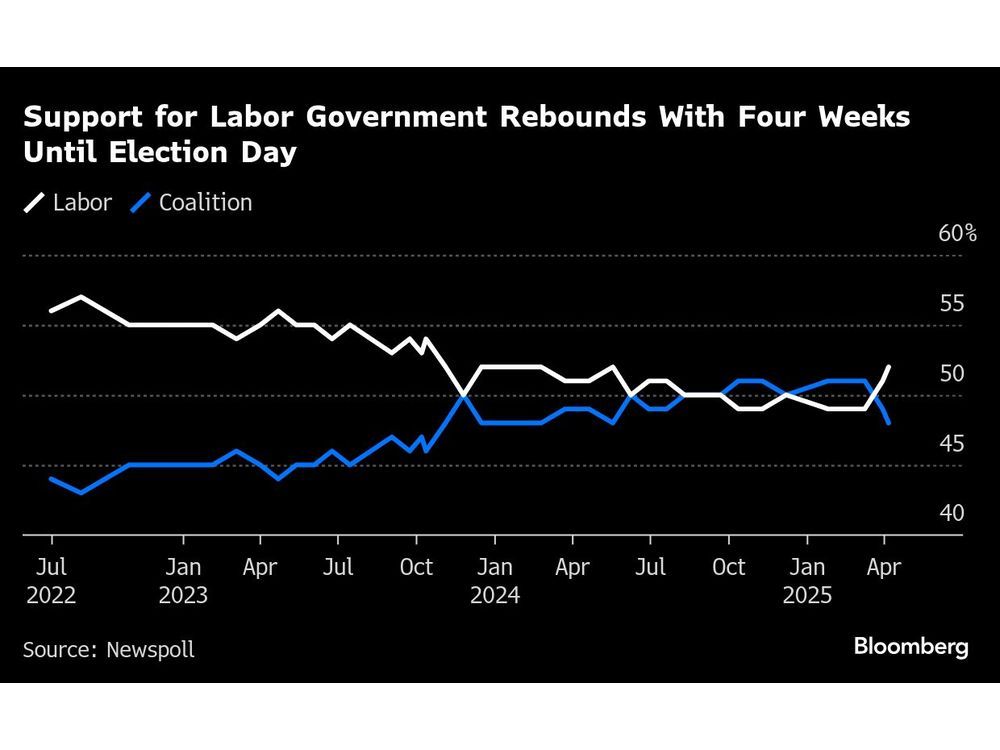Companies can calculate variances for several areas of their operations. One of these areas also includes overheads. Typically, these include the indirect costs of running a company not directly tied to goods or services. Any differences in these amounts fall under overhead variances.
What are Overhead Variances?
Overhead variances refer to the differences between the actual overhead costs incurred and the budgeted or expected overhead costs for a given period. Companies use these to evaluate their performance and express it in dollar amounts or percentages. Overhead variances can provide insights into a company’s spending patterns and efficiency, allowing for adjustments to improve financial performance.
Overhead variances are a critical tool to monitor and control the costs of running a company. By analyzing the differences between actual and expected overhead costs, companies can identify areas where they may be overspending or underperforming. This information can help adjust budgets, staffing levels, or production processes to improve financial performance.
What are the types of Overheads Variances?
Typically, companies have two types of overheads. These can either be variable or fixed. For each of these types, companies can calculate two types of overhead variances, spending, and volume. An explanation for each of these is as below.
Spending Variances
Spending variance measures the difference between the actual overhead costs incurred and the budgeted overhead costs for a particular period. If actual overhead costs are higher than budgeted, it results in an unfavourable variance. If actual overhead costs are lower than budgeted, it results in a favourable variance.
Volume Variances
Volume variance relates to the level of activity carried out by a company, typically measured in units produced. It measures the difference between the budgeted and actual overhead costs based on activity levels. If actual overhead costs are higher than expected due to a higher production volume, it creates an unfavourable variance. If actual costs are lower than expected due to lower production volume, it shows a favourable variance.
How to calculate Overheads Variances?
Companies can calculate spending, volume, or total overhead variances using different formulas, as listed below.
Spending Variance = Actual Overhead Costs – Budgeted Overhead Costs
Spending variance is favourable if actual costs are less than budgeted and unfavourable if actual costs are more than budgeted.
Volume Variance = Budgeted Overhead Costs – Applied Overhead Costs
Volume variance is favourable if applied costs are more than budgeted and unfavourable if vice versa.
Total Overhead Variance = Actual Overhead Costs – Applied Overhead Costs
Total overhead variance is favourable if applied costs exceed actual costs and unfavourable if the opposite.
Example
Green Co. has budgeted overhead costs of $500,000 this year and expects to use 50,000 direct labour hours. It gives a predetermined overhead rate of $10 per direct labour hour ($500,000 / 50,000). During the year, Green Co. incurred $490,000 in overhead costs and used 48,000 direct labour hours. The overhead variances for the company based on the above information is as below.
Spending variance = Actual Overhead Costs – Budgeted Overhead Costs
Spending variance = $490,000 – $500,000
Spending variance = -$10,000 (Unfavorable)
Volume variance = Budgeted Overhead Costs – Applied Overhead Costs
Volume variance = $500,000 – (48,000 hours x $10 per hour)
Volume variance = $20,000 (Favorable)
Total Overhead variance = Actual Overhead Costs – Applied Overhead Costs
Total Overhead variance = $490,000 – (48,000 hours x $10 per hour)
Total Overhead variance = -$10,000 (Unfavorable)
Conclusion
Overhead variance refers to the difference between actual and expected indirect expenses during a period. Companies can divide this variance into spending, volume, and total overhead variance. Ideally, companies aim to keep these expenses at the lowest possible. However, overhead variances may exist, which can either be favourable or unfavourable.
Further questions
What's your question? Ask it in the discussion forum
Have an answer to the questions below? Post it here or in the forum



